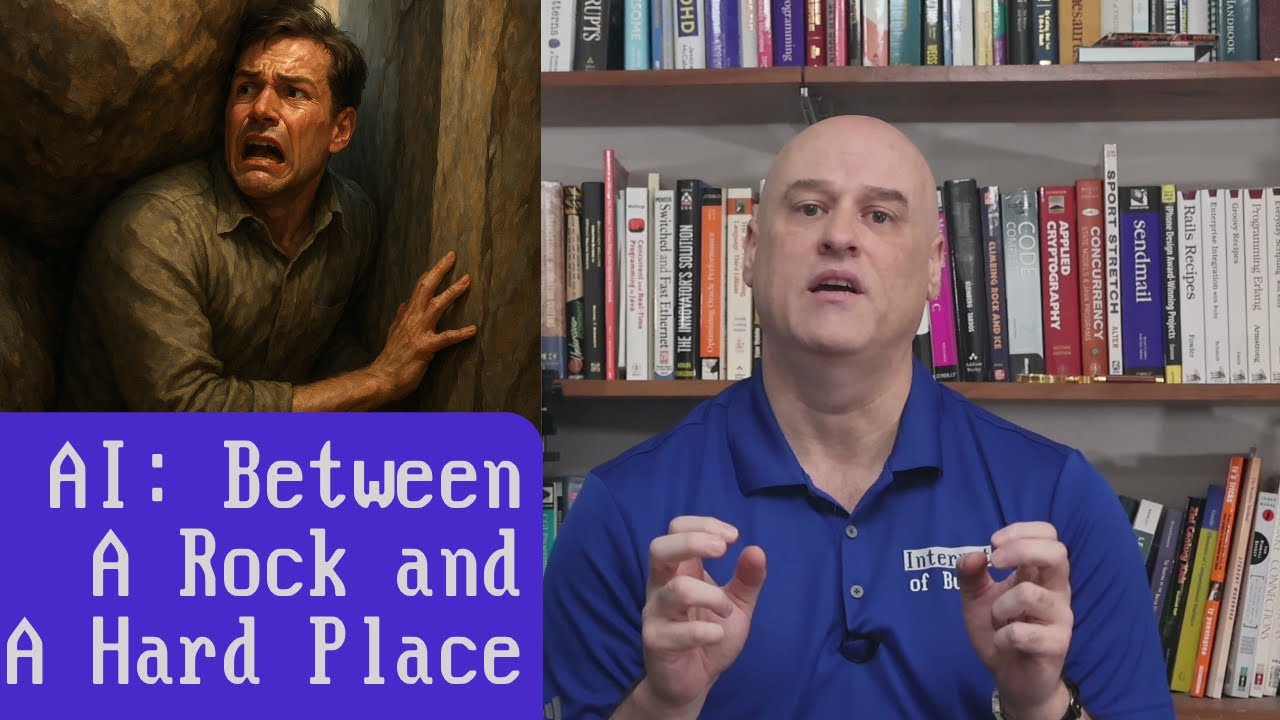Carl critiques the exaggerated hype surrounding AI’s capabilities, emphasizing that current progress is modest and often misrepresented by industry and media, which leads to misguided investments and job insecurity. He warns that AI is better suited for solving simple, well-defined problems rather than complex, unpredictable tasks like real-world software development, urging the public to approach AI claims with caution and critical thinking.
The speaker, Carl, reflects on the current state of AI, particularly generative language models, and admits that his previous predictions about rapid improvements in AI capabilities have not materialized. Despite modest progress, there has been no exponential leap forward, and the hype surrounding AI’s potential to replace human intelligence remains largely unfounded. He emphasizes that the industry and media continue to promote exaggerated claims, which mislead the public and decision-makers, creating a dangerous hype bubble that is damaging to workers and the economy.
Carl describes how the AI industry has placed society between a “rock and a hard place,” where unrealistic expectations and misinformation are fueling misguided investments and layoffs. He criticizes the way headlines often overstate AI’s abilities, such as claiming AI will outperform human coders by 2025, despite evidence showing that AI’s actual performance in complex tasks like software engineering is still far from human-level. This disconnect between hype and reality is causing significant harm, including job insecurity for white-collar workers and misguided corporate strategies.
He highlights recent events and reports, such as the high unemployment rates for recent graduates and the widespread use of AI-generated code in major companies like Microsoft, Google, and Salesforce. However, he points out that many of these claims are exaggerated or misrepresented, with actual figures and statements often being less impressive than headlines suggest. Carl stresses that the industry conflates benchmarks like competitive coding with real-world software development, leading to false expectations about AI’s capabilities.
To clarify this misunderstanding, Carl offers an analogy comparing competitive coding benchmarks to solving riddles, which are straightforward with clear answers, and real-world software development to solving murders, which are complex, messy, and unpredictable. He argues that AI excels at solving riddles but is ill-equipped to handle the nuanced, unpredictable nature of actual software projects. This analogy aims to help non-technical audiences grasp why AI’s current abilities are insufficient for replacing human developers or solving complex problems reliably.
Finally, Carl commits to continuing his efforts to educate the public about the realities of AI, emphasizing the importance of understanding the difference between hype and actual capability. He announces plans to create a separate channel focused on deeper topics, leaving his current channel for more accessible content. His overarching message is a call for caution and critical thinking, warning that believing in AI hype without understanding its limitations can lead to harmful decisions and disillusionment, urging everyone to be more careful and informed in navigating the AI landscape.
